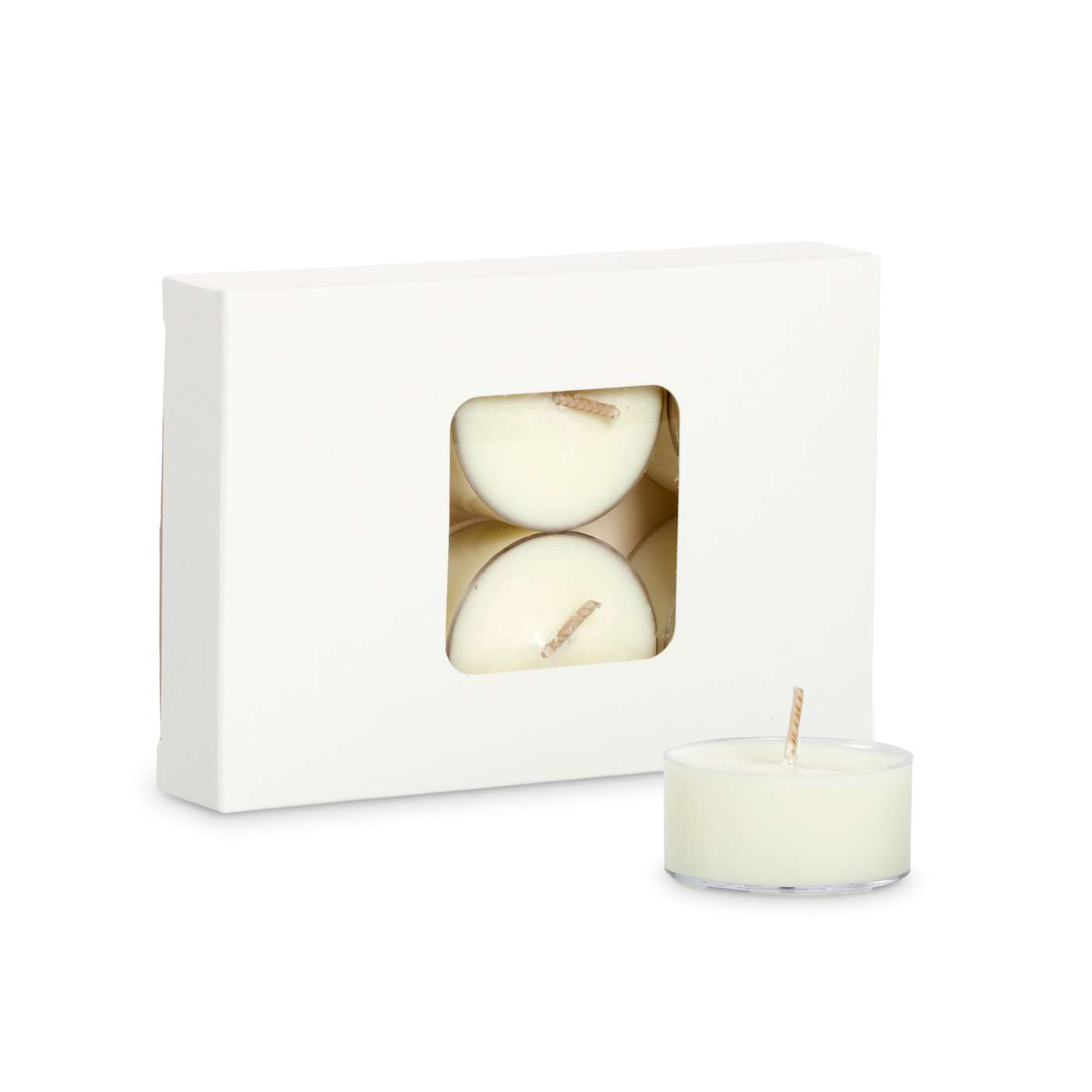Instill Your Home with the Fragrance of Crystal Soy Candles and Home Fragrance
Instill Your Home with the Fragrance of Crystal Soy Candles and Home Fragrance
Blog Article
From Wick to Wax: Comprehending the Chemistry Behind Soy Wax Candles and Their Environmental Effect
As we illuminate our rooms with the cozy glow of candles, there lies a realm of intricate chemistry behind the relatively straightforward act of lighting a soy wax candle. Join us as we untangle the clinical details behind soy wax candles and explore their implications on our environment.
Soy Wax Vs. Paraffin Wax
When comparing soy wax and paraffin wax for candle light making, it is necessary to recognize the unique features and benefits of each material. Soy wax is a natural, renewable energy acquired from soybean oil, making it eco-friendly and biodegradable - home fragrance. In contrast, paraffin wax is a by-product of petroleum refining, which raises worries regarding its ecological effect and sustainability
Soy wax candles shed cleaner and give off less soot compared to paraffin wax candles, making them a healthier selection for indoor air high quality. In addition, soy wax has a reduced melting factor, enabling a longer-lasting candle light that disperses scent better. Paraffin wax, on the various other hand, has a tendency to burn faster and much less cleanly, potentially launching unsafe chemicals into the air.
From a sustainability perspective, soy wax is preferred for its biodegradability and eco-friendly sourcing, aligning with the expanding consumer choice for ecologically conscious items. While paraffin wax has been a traditional selection in candle making due to its price and convenience of use, the shift in the direction of green options like soy wax is obtaining energy in the industry.
Chemical Make-up of Soy Wax

Combustion Process in Soy Candles
The chemical make-up of soy wax straight influences the combustion procedure in soy candles, impacting elements such as shed time, fragrance launch, and ecological impact. When a soy candle is lit, the warmth from the flame melts the wax near the wick. This liquid wax is after that prepared the wick because of capillary activity. As the fluid wax gets to the fire, it goes through and vaporizes burning. The burning process entails the vaporized hydrocarbons in the wax responding with oxygen airborne to create heat, light, water vapor, and carbon dioxide.
The burning efficiency of soy candles is influenced by the pureness of the soy wax and the quality of the wick. In addition, soy wax candles have a reduced environmental influence compared to paraffin candles due to their renewable and eco-friendly nature.

Ecological Benefits of Soy Wax

Thought about a lasting choice to typical paraffin wax, soy wax supplies remarkable ecological advantages that make it a prominent choice amongst eco-conscious consumers. One substantial advantage of soy wax is its renewable sourcing. Soy wax is originated from soybean oil, which is mostly grown in the USA. The growing of soybeans aids support local farmers and lowers the dependency on non-renewable fossil fuels utilized in paraffin wax production. In addition, soy wax is biodegradable, implying it breaks down naturally without launching damaging contaminants into the setting. This particular makes soy wax candle lights a more eco pleasant alternative compared to paraffin wax candle lights, which are made from oil, a non-renewable source. Soy wax burns cleaner and generates much less residue than paraffin wax, contributing to far better indoor air quality and minimizing the demand for cleaning and maintenance. On the whole, the ecological benefits of soy wax line up with the growing need for lasting and environmentally friendly products out there.
Recycling and Disposal Considerations
Recycling and appropriate disposal of soy wax candle lights play a crucial role in preserving ecological sustainability and reducing waste in households and neighborhoods. When it comes to reusing soy wax candle lights, the very first action is to ensure that the candle has shed entirely.

In regards to disposal, if recycling is not an option, soy wax candle lights are eco-friendly and can be securely dealt with in the majority of family waste systems. It is constantly recommended to check with regional reusing facilities or waste administration services for specific guidelines on candle disposal to ensure proper handling and environmental protection.
Final Thought
In verdict, the chemistry behind soy wax candles reveals their ecological advantages over paraffin wax candle lights. Soy wax, acquired from soybean oil, burns cleaner and creates less residue when contrasted to paraffin wax.
When Source comparing soy wax and paraffin wax for candle light production, it is important to recognize the distinctive attributes and advantages of each material (soy candles).Soy wax click over here now candle lights shed cleaner and release less residue compared to paraffin wax candle lights, making them a healthier choice for interior air top quality.Thought about a lasting alternative to traditional paraffin wax, soy wax provides remarkable environmental advantages that make it a preferred option among eco-conscious consumers. Soy wax burns cleaner and generates less residue than paraffin wax, adding to far better interior air quality and minimizing the demand for cleansing and check my blog maintenance.In verdict, the chemistry behind soy wax candles exposes their ecological advantages over paraffin wax candle lights
Report this page